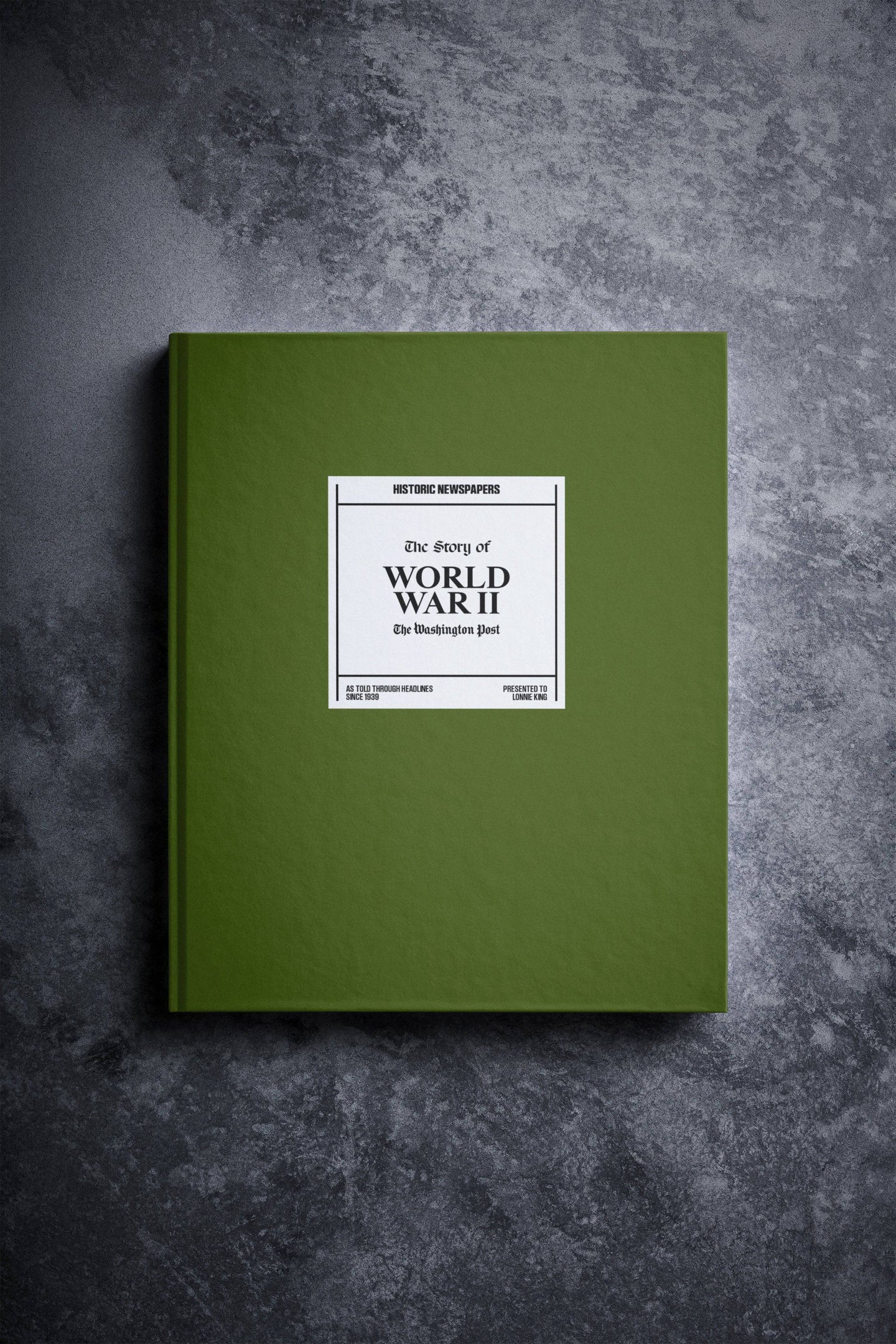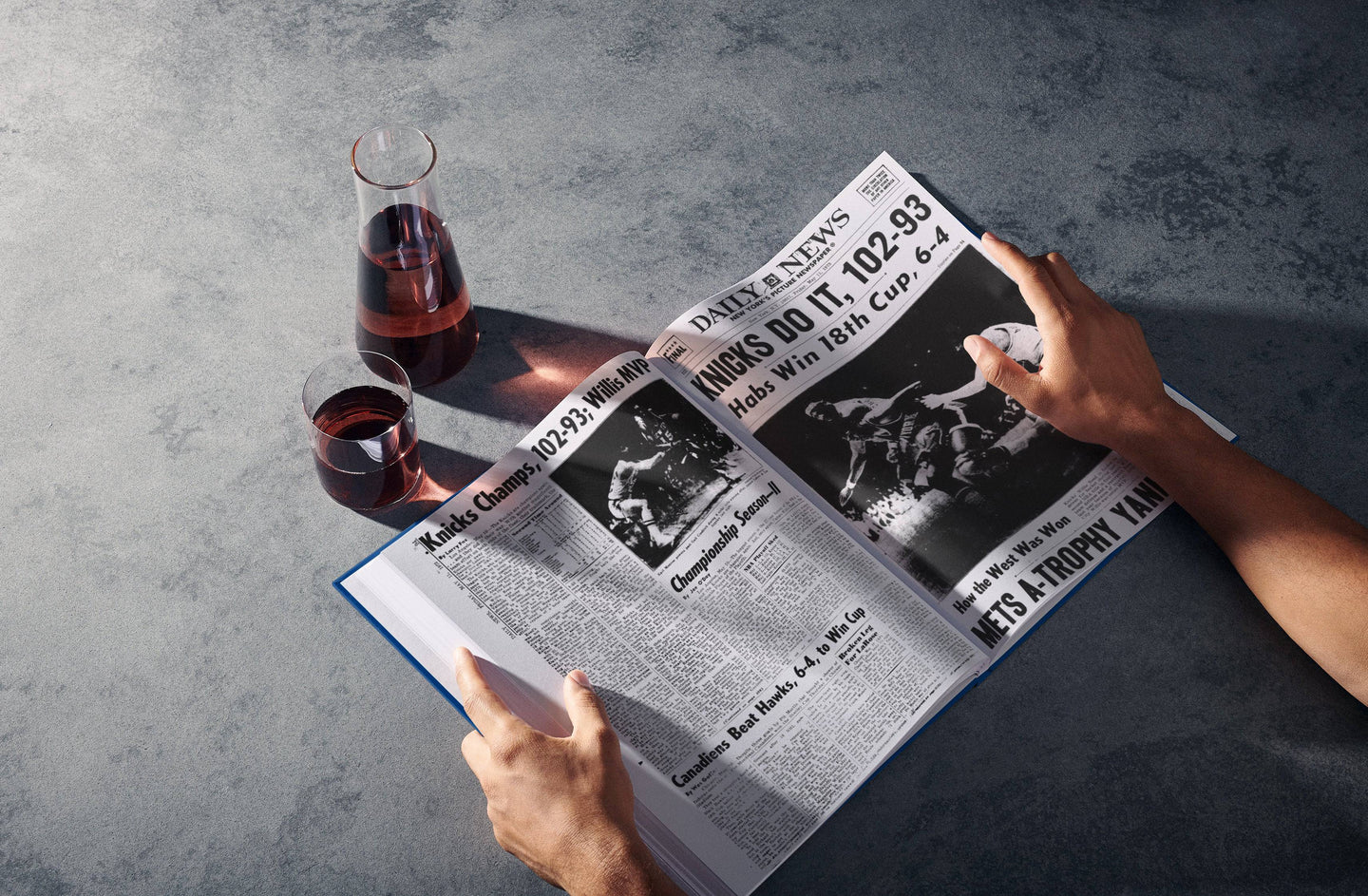Tabloid journalism is often seen as synonymous with modern life, and the quick-reward, celebrity-obsessed culture we live in. But in actuality, the history of the tabloid stretches back more than a century. But what exactly makes a tabloid newspaper? And what influence can an old newspaper possibly have on a real-time website or smartphone app?
“Tabloid Journalism” and Early Origins
The etymology of the term ‘tabloid’ is shrouded in uncertainty, but perhaps the most logical explanation comes via the pharmaceutical industry; in the late nineteenth century, a Tabloid was a trademarked medicine, its name a compound of ‘tablet’ and ‘alkaloid’. The product was notable for its condensed nature, and therefore could well have leant its moniker to a new type of journalism focusing on highly simplified, bite-sized stories.
The question of who invented the tabloid is usually answered with the story of Alfred Harmsworth, 1st Viscount Northcliffe, founder of The Daily Mail in England. As guest editor of the New York World on New Year’s Day 1901, Harmsworth seized his chance to experiment and potentially prove a point, distributing a paper half its usual size and constructed of shorter, simpler sentences. In its opening editorial, Harmsworth proclaimed:
The World enters today upon the Twentieth or Time-Saving Century. I claim that by my system of condensed or tabloid journalism, hundreds of working hours can be saved each year.
Two years later, Harmsworth solidified his ambition, launching The Daily Mirror in England, regarded as the world’s first modern tabloid newspaper. In its maiden issue, published 2 November 1903, Harmsworth explained that the name was a reflection of its being “a mirror of feminine life”, and that its content should be “entertaining without being frivolous, and serious without being dull”.

The Daily Mirror, November 1st, 1929; the world’s first “tabloid”
Key Features of a Tabloid Newspaper
As opposed to straight news reporting, the Mirror built its foundations on crime stories, gossip, puzzles and sports, and within a year had become known as a pictorial newspaper, featuring far more photographs and images than its competitors, ensuring a broad appeal. Within five years it was Britain’s second-largest morning newspaper, and paved the way for other tabloid examples like The Sun and The Daily Express.
Since their inception, tabloid newspapers have been renowned for their variety, a symptom of their intention to maintain the broadest appeal possible. Where broadsheets tend to focus on news and news alone, tabloids trade in the currency of entertainment, with a ‘something for everyone’ approach. Historically aimed at a working-class market, they intersperse an oft-sensationalised version of the news with astrology, gossip columns, agony aunts and comic strips.
British Tabloids vs. American Tabloids
Making the distinction between a stereotypical tabloid ‘rag’ and a compact newspaper is dependent on location. In the UK, straight tabloids are often referred to as ‘red-tops’, due to the fact that the country’s three leading tabloids by circulation (The Sun, The Mirror and The Star) all feature red mastheads on their cover, as does The Daily Record, Scotland’s leading tabloid.
Compact papers without a red top, such as The Independent and The Times reject the tabloid title and remain focused on hard news. Between the two there exists a grey area, housing such publications as The Daily Mail and The Daily Express, whose sensational content resembles that of the red-tops, albeit in a less conspicuous manner.
In the United States, the difference between tabloid size and tabloid style is one not of appearance, but venue. While some daily American newspapers are regarded as tabloids on account of their size, their content remains more respectable and less scandalous than the typical impression of a tabloid paper. Examples of tabloid newspapers are The New York Daily News, The Chicago Sun-Times and The Boston Herald, all of which are compact size and image-centric, but also Pulitzer-prize winning.

A typically sensationalist Daily Mirror headline, May 2nd, 2003
Supermarket Tabloids
The publications most typically regarded as tabloids in the US are those sold not on newsstands, but in supermarkets, a move pioneered by The National Enquirer in the 1960s. The publication, and its equivalents The Globe and Star, forged their place in the market by utilising sex and scandal, routinely championing ‘scoops’ of celebrity or political secrets, as well as the bizarre, namely stories about the occult and UFOs.
These publications are perhaps renowned as much for their outlandish headlines as for the libellous lawsuits they provoke. In 1976, actress and comedian Carol Burnett successfully sued The National Enquirer for what she claimed to be groundless reporting of her behaviour in the presence of Secretary of State Henry Kissinger, a watershed moment in the ongoing and often ugly battle between celebrities and the tabloid media.
Tabloids in the Modern World
Comparisons have also been made between tabloid journalism and the rise of so-called “trash TV”, with pseudo-documentaries like Unsolved Mysteries seen as an extension of the types of alien-based stories published in The National Enquirer.
The outrageous real-life headlines featured in the now-defunct Weekly World News, such as “Half-Man Half-Dog Baffles Doctors” and “Bigfoot Kept Lumberjack as Love Slave”, can certainly be viewed as inspiration for shows like Jerry Springer, showcasing stories featuring members of the general public, each more shocking in its nature than the last, their legitimacy barely even implied.
The borderline-ridiculousness of these tabloid stories inspired a group of comedic faux-tabloids, the most successful of which being The Onion. The publication’s modus operandi of satire and joke headlines (“1 in 5 Americans Believe Obama is a Cactus” being one example) may seem obvious, but on several occasions its articles have been misinterpreted as authentic, leading to TV news coverage and police investigations, a rather alarming indication that the power of a news item often has nothing to do with its sincerity.

The Jerry Springer Show and the rise of “Trash TV” can be attributed, in part, to tabloid journalism. Source: Wikimedia Commons
Tabloids and Technology
This idea of unfounded information being presented as fact was brought to the very centre of public attention by U.S. President Donald Trump, with his repeated use of the term “fake news”. But even before Trump, awareness of “fake news” was growing exponentially due to an even bigger phenomenon: the internet.
Undoubtedly, the emergence of the internet has reshaped the entire notion of tabloid journalism. At the start of the century, websites such as TMZ offered purported access to celebrity exposés that were not only free-to-view, but up-to-the-minute. In more recent years, social media sites like Facebook and Twitter have created platforms upon which millions of users have a voice, and in essence, a world where, minus the salary and esteem, anyone can be a journalist.
Tabloid newspapers, refusing to be left behind, have universally entered the online game, particularly in order to appeal to younger readers.
However, the attention span of an online reader is generally far shorter than that of someone who has paid for a hard copy of a newspaper, and the competition is no longer a handful of other newspapers, but thousands of other websites.
The Future of Tabloids
Therefore, while a newspaper’s digital media may find far more readers than its printed version, the amount of time each of those individuals actually spends reading is greatly diminished. Thurman and Fletcher, in their study of The Independent’s move to online-only in 2016, found that print consumers spent on average between 37 and 50 minutes reading the paper, whereas online patrons dedicated only 6 minutes in an entire month. Thurman wrote:
By going online-only, The Independent has decimated the attention it receives. The paper is now a thing more glanced at, it seems, than gorged on. It has sustainability but less centrality.
In addition, money is usually taken not from readers, but advertisers, with the currency being view counts. To this end, the aim of any newspaper online arguably becomes less about providing quality content and accurate news, and more about attracting clicks with eye-catching headlines and images, more commonly known as ‘click-bait’. Or, in other words, the same techniques tabloid newspapers have been using on their front covers for decades.
With all this in mind, one can only wonder, should the physical copies of different-sized newspapers cease to exist, and the lines between journalistic fact and advertising-fuelled internet fiction continue to blur, whether the notion of a tabloid paper or even tabloid journalism itself will continue to exist at all.
Tabloid Paper Size
Though the term itself commonly correlates to size, tabloid newspaper dimensions are difficult to categorically define, and vary from country to country. What is generally accepted is that a tabloid is smaller in size (around half) than its standard, more traditional broadsheet counterparts.
However, it can also be reductive to label any smaller newspaper a tabloid, for the term itself refers more to the style and content of the paper than its dimensions. Indeed, while publications such as The Independent and The Times shifted to the smaller ‘compact’ form, they are not typically regarded as purveyors of tabloid journalism, with their shrinkages allegedly occurring as a practical solution to logistical issues, such as reading on a packed commuter train.


























Follow us